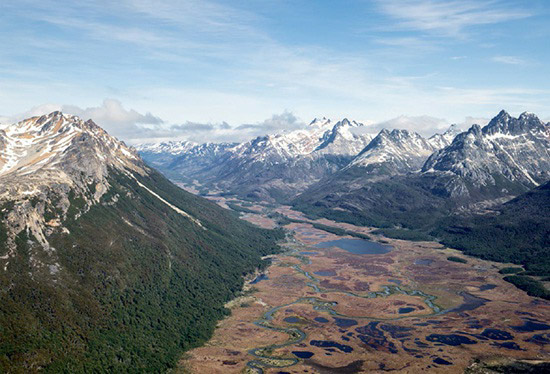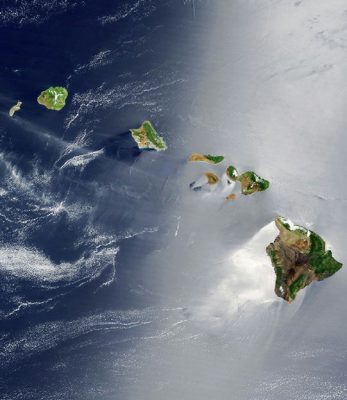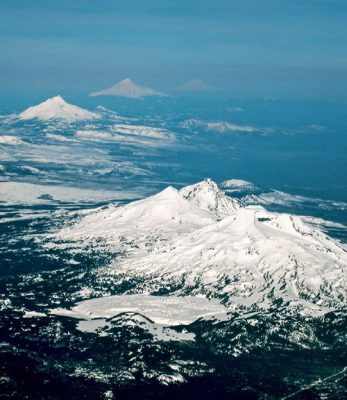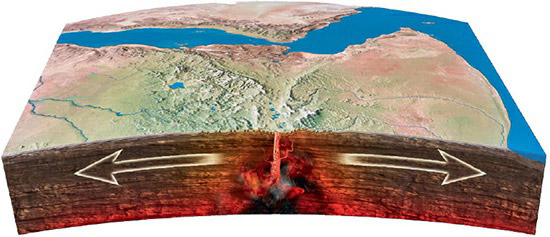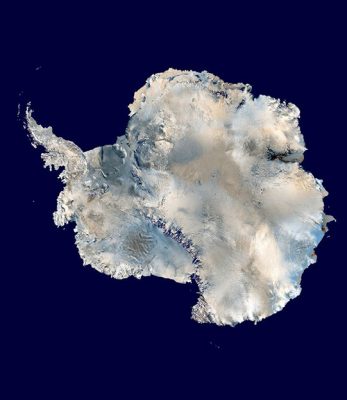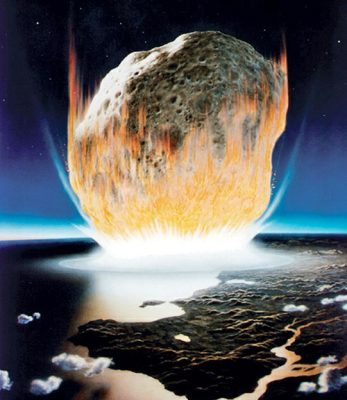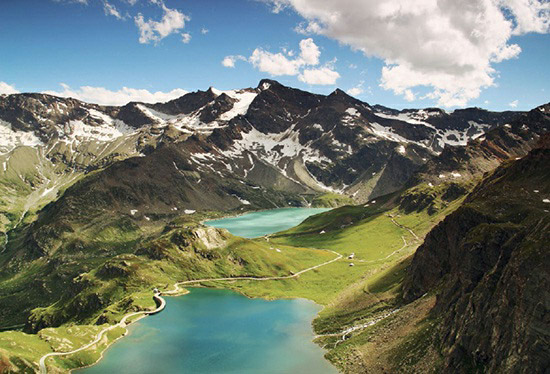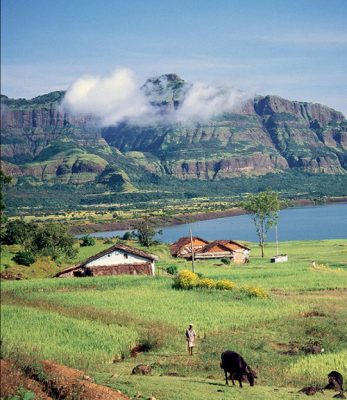c. 10 Million BCE: The Andes – A Geological Marvel of Plate Collision
The Andes, formed by the collision of the Nazca plate with the South American plate, are a major volcanic zone extending through several South American countries and part of the Pacific Ring of Fire, characterized [...]
c. 28 Million BCE: The Formation of the Hawaiian Islands – A Hotspot Story
The Hawaiian Islands' formation is linked to a stationary hotspot beneath the moving Pacific plate, a theory first proposed by John Tuzo Wilson in 1963. The islands' age progression from the youngest in the southeast [...]
c. 30-10 Million BCE: The Cascade Volcanoes – A Tectonic Phenomenon
The Cascade Volcanoes in the Pacific Northwest are formed by the subduction of oceanic plates beneath the North American continental plate, resulting in a series of major volcanic peaks and vents along the Cascade volcanic [...]
c. 30-20 Million BCE: Evolution of Advanced C4 Photosynthesis in Plants
Advanced C4 photosynthesis, an evolutionary adaptation in plants, emerged 30-20 million years ago in response to decreasing atmospheric CO2 levels, enabling more efficient CO2 fixation, especially in hot, dry environments, and playing a crucial role [...]
c. 30 Million BCE: The East African Rift Zone – Earth’s Dynamic Crust
The East African Rift Zone, a result of continental rifting and mantle plume activity, is actively splitting the African continent, with predictions of forming two new plates and a new ocean basin in about 10 [...]
c. 35 Million BCE: Antarctica’s Dynamic Geological History
Antarctica, often perceived as a remote icy land, has undergone significant changes over time. Originally part of Gondwana and later Pangea, it separated from Australia around 35 million years ago, leading to the formation of [...]
c. 60 Million BCE: The Evolution and Diversity of Primates
Primates, evolving behavioral strategies to survive in a predator-dominated world, are characterized by hands, hand-like feet, and forward-facing eyes. Ranging from lemurs to gorillas, their adaptations for tree-dwelling have led to enhanced vision and intelligence, [...]
c. 65 Million BCE: The Asteroid Impact and the Demise of the Dinosaurs
The extinction of dinosaurs 65 million years ago, marking the Cretaceous-Paleogene boundary, is attributed to a large asteroid impact, evidenced by global iridium deposits. This event led to dramatic climatic changes and the demise of [...]
c. 65 Million BCE: The Formation of the Majestic Alps
The Alps were formed from the collision of the African and Eurasian plates following the breakup of Pangea, leading to the uplift of sedimentary deposits from the Tethys Sea and creating complex geological structures, including [...]
c. 66 Million BCE: The Deccan Traps – A Volcanic Phenomenon
The Deccan Traps, an example of massive volcanic activity, dramatically altered Earth's landscape and climate, potentially contributing to the mass extinction at the end of the Cretaceous period, showcasing the interplay of gradual and catastrophic [...]

